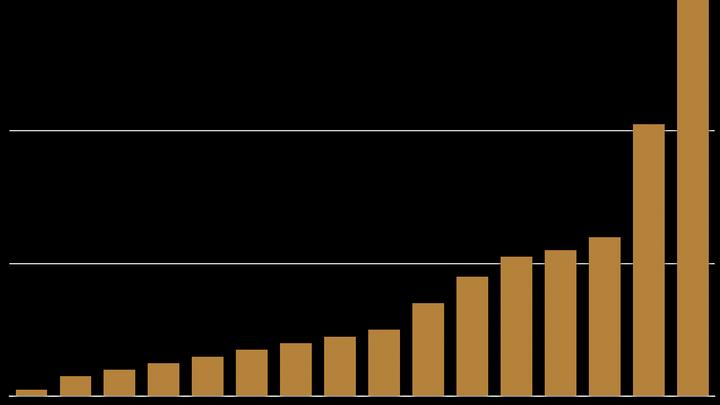Search for TDEs
 abc
abc
Time-domain astronomy is seeing a deluge of data as the upcoming wide and deep survey at the Vera Rubin Observatory planned to start in 2023 will reveal millions of transients per night. Sky surveys discover transients via capturing the sudden increase in broadband flux. Classification of the transients into different astrophysical phenomena (e.g. different types of supernovae (SNe), variable stars, AGNs, TDEs, etc) still heavily relies on identifying the emission or absorption features with spectroscopy. However, this is already becoming unfeasible as spectroscopic resources generally cannot keep up with the growth in transient discoveries. Therefore, it is critical to develop a framework that performs autonomous photometric classification by combining the power of ML/DL and domain-specific knowledges we have learned from these events.
Motivated by this need, I conducted the first experiment to search for TDEs systematically in an optical sky survey called the intermediate Palomar Transient Factory (iPTF) 1, which is the predecessor of ZTF. TDEs are >100x rarer than SNe and AGNs and were observed at a rate of 1–2 per year. By using statistical methods to compare the light curve and host galaxy properties associated with different populations, I was able to reduce the number of false positives by 50 times than using the traditional selection on astrometry alone. The results from this work become the basis for the current TDE selection criteria in ZTF, which has yielded 17 bona fide TDEs in its first year 2.
References
-
Sifting for Sapphires: Systematic Selection of Tidal Disruption Events in iPTF Hung et al. (2018) ↩︎
-
Seventeen Tidal Disruption Events from the First Half of ZTF Survey Observations: Entering a New Era of Population Studies van Velzen et al. (2021) ↩︎